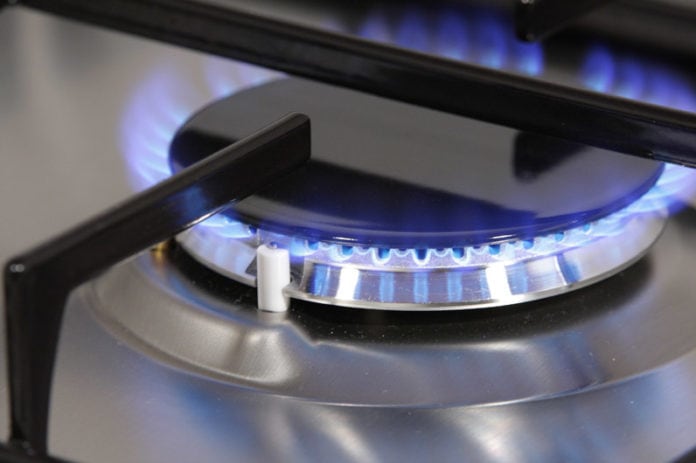Coal bed methane or CBM is a natural gas trapped in underground coal deposits.
CBM is composed mainly of methane with a very small amount of other gasses.
Another characteristic of CBM is that it is sweet which means it doesn’t contain any H2S.
Methane is either trapped as free gas, dissolved in water, or adsorbed into coal.
When coal is formed from decomposed plant material under high pressure and temperature, methane is formed as well and becomes trapped in the matrix of coal.
This means coal acts both as a source and a reservoir rock.
The presence of methane in coal is what makes coal mining so dangerous.
As coal is extracted, some of the gas gets released and can accumulate and create an explosion hazard.
That’s why ventilation is so important for coal mining.
Methane is considered to be a more environmentally friendly fuel than coal or oil and only produces water and CO2 when it is burned.
Related: What is Crude Oil Made Of?
How Coal Bed Methane is Extracted?
Most coal beds are located close to the surface which means natural gas can be extracted with shallow often inexpensive wells.
To decrease hydrostatic pressure and allow methane gas to flow to the surface, water needs to be removed from the well.
The decrease in pressure helps methane to escape from the coal matrix and flow more easily to the surface.
After the well is put on production, it first produces a lot of water, but with time water production starts to fall, and methane production increases.
Sometimes artificial lifts are used to increase the production from CBM wells.
The CBM wells are usually stimulated with nitrogen or water to create fractures in the coal deposits and allow the gas to flow more easily toward the wellbore.
However, unlike other unconventional gas wells, CBM fracturing doesn’t require as much pressure and uses fewer pumps.
Related: How Is Natural Gas Formed?
Why is Coal Bed Methane is Controversial?
As with all hydrocarbons, when natural gas is burned CO2 which is a greenhouse gas is created.
During the production and transportation of methane, there is always a possibility that some methane escapes into the atmosphere.
This can be a problem because methane is a much stronger greenhouse gas than CO2.
However, during conventional coal mining operations methane escapes into the atmosphere as well.
Some coal deposits are located close to the surface and there is a potential that after drilling and stimulating the coal formation, methane might escape into the surface aquifers and eventually get into the water source used by people.
Another side product of coal bed methane production is water which can contain various dissolved minerals and might need to be treated before it can be released into the river or used for irrigation.
Reference: https://en.wikipedia.org/wiki/Coalbed_methane
Read next: What is LNG and How It Is Used?
